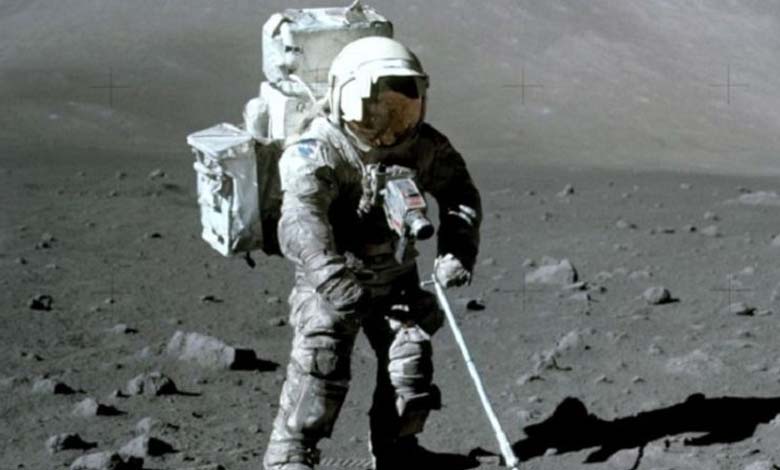Building a lunar testing platform simulating fine dust

When testing spacecraft for planetary landings, they are placed in an environment as close to their destination as possible. For example, landing vehicles are often tested on Mars at the “Mars Yard” in NASA‘s Jet Propulsion Laboratory in Southern California.
The European Space Agency (ESA) is now looking to build a similar testing platform for the moon. They are extracting a material in Greenland known as “anorthosite” to create the largest lunar testing platform to date.
This remarkable project has seen the European Space Agency partnering with Lumina Sustainable Materials to provide rock samples similar to materials found on the moon.
The international team from the European Space Agency consists of scientists from facilities in the United Kingdom and Germany, which are involved in the agency’s preparations for long-range human and robotic space missions to the moon.
According to a report published by the European Space Agency, exploring the moon’s surface poses several challenges, but its powdery nature makes movement difficult and can also lead to the clogging of moving parts in landing vehicles. The plan is to develop a testing base at the German Aerospace Center, Lumina, to simulate lunar regolith, the fine dust covering the moon’s surface.
At the Volcan Test Site, belonging to the European Space Agency, there is a collection of Earth samples closely resembling lunar regolith. These samples will be used to develop the testing platforms.
The team plans to develop a site covering an area of 700 square meters that simulates the moon’s surface. There will also be a site simulating lunar highlands. Achieving this will require around 20 tons of anorthosite, a light-colored igneous rock. A unique technique has been developed to extract these materials without relying on any chemical processes, allowing for the safe disposal of any waste back into the environment, supporting the European Space Agency’s sustainability strategy.
The team has been able to observe how to extract and process the material directly, providing valuable insights into dealing with large quantities of dusty materials.
Building on the valuable in-house expertise gained by the Lumina team, groups from the European Space Agency have learned how to better control the dusty testing environment. The moon surface test facilities are expected to be operational sometime in 2024, but the exact date has not been confirmed yet.












